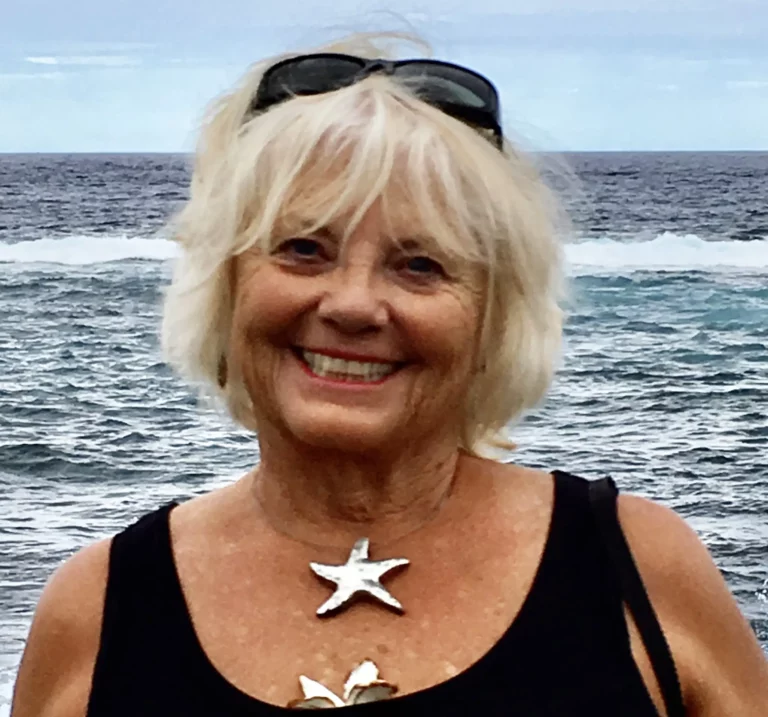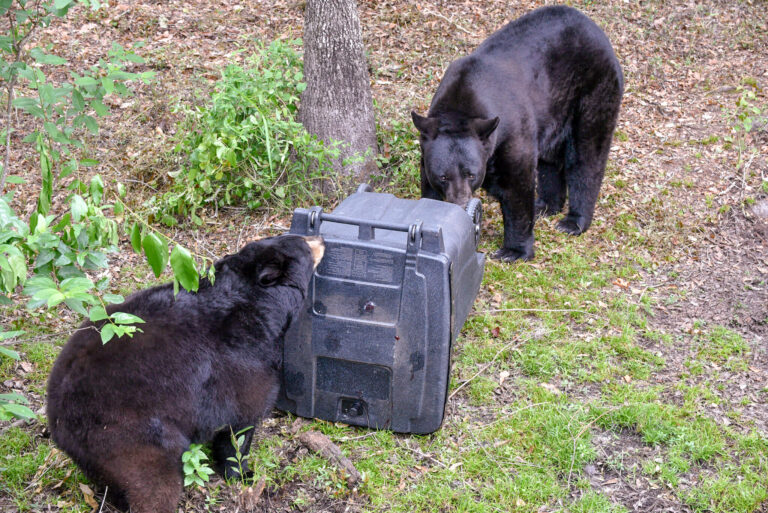Legacy Post Disclaimer
This is a #Legacy post imported from The Apalachicola Time’s previous platform. If you’re experiencing issues with this article, please email us at news@nevespublishing.com.
County leaders warn of devastating prison closures
Both Franklin and Gulf counties are pushing back against a
state plan to shutter up to four state prisons, a plan spreading alarm throughout
Floridas rural regions where correctional institutions have played an outsized
role in providing jobs and supporting businesses for decades.
If we no longer have any inmates, will we need to hire a
bunch of billy goats and move them every day? said Franklin County Commissioner
Smokey Parrish Tuesday morning.
We all know the prison in Carrabelle hasnt been fully
staffed since it was built, and that could be detrimental to us, he said.
Thats part of the criteria they using, and it really concerns me.
The ongoing staffing decrease in Gulf County is even more
alarming, based on data shared by Jim McKnight, director of the Gulf County Economic Development
Coalition.
He said
Gulf Correctional Institution Warden Scott Payne shared numbers that showed GCI
had an inmate census of 3,050 prior to the devastation wreaked in Oct. 2018 by
Hurricane Michael. In Jan. 2021, those numbers were down to 1,100, and have
since ticked back up, but continue to show a decline of about 1,500 inmates.
McKnight said the 650 GCI employees that worked at the
prison before Michael declined to 270 by Jan. 2021. Over the last two years, he
said, the state has spent $19 million rebuilding and renovating the Gulf correctional
facility.
Senate President Wilton Simpsons proposal to consolidate
prisons and demolish four facilities drew bipartisan pushback when it was
released recently as lawmakers began to piece together next years state
budget.
Simpson, R-Trilby, has defended consolidation and closures,
saying the plan is designed to resuscitate a prison system in crisis. The
Department of Corrections for years has grappled with decaying infrastructure,
an exceedingly high worker turnover rate and staffing vacancies so dire they
now pose security threats to employees and inmates.
But local officials say the potential closures could have a
devastating impact in rural counties, where prisons for generations have been
woven into the fabric of the local culture.
You could literally kill a community overnight by closing a
prison, if its in the right location. Youre talking about generational
changes that would affect our citizens, Levy County Commissioner John Meeks,
chairman of the states Small County Coalition, told The News Service of
Florida in a phone interview.
State prisons not only provide direct jobs for corrections
workers but have a cascading impact on the surrounding communities, where
employees buy groceries, eat at restaurants, attend schools and purchase homes.
Rural regions with correctional facilities also benefit from
people who patronize local businesses as they make trips to visit loved ones or
friends who are incarcerated.
Its almost like its its own form of tourism, Meeks said.
And because inmates are included in counties census counts,
the loss of prisoners could result in a significant decrease in state and
federal revenue-sharing funds, which Meeks said would deal another devastating
blow to rural areas.
The Senate included a requirement to shutter four state
prisons by Dec. 31 — and raze the buildings by 2024 — in a proposed $2.75
billion budget for the Department of Corrections for the fiscal year that
begins in July.
The Senate plan, which calls for the elimination of 6,000
prison beds, doesnt target specific institutions. Instead, it would require
the corrections agency to develop a comprehensive facility consolidation plan
to adjust prison capacity based on the final state budget. Senate and House
leaders will negotiate a final spending plan before the scheduled April 30 end
of the legislative session.
Under the Senate approach, facilities would be considered
for closure based on a variety of factors, such as the ages and facility
maintenance needs of institutions; proximity to other prisons; the local
labor pool and availability of workforce for staffing the institution;
historical correctional officer vacancy rates at the prisons; and the impact
of closure on the local communitys economy.
Franklin County Coordinator Michael Morón
told commissioners Tuesday that the county has an advantage and a disadvantage
based on these criteria. Our maintenance costs are low because our building is
newer, he said. But we are so understaffed at the prison that goes as a
disadvantage for us.
Franklin County Commissioner Jessica Ward said she has
spoken to state legislators and urged them to consider that the prison has
absorbed many of the former watermen displaced by the collapse of the oyster
industry. Its a big employment agency in our county, she said.
Franklin County Commissioner Bert Boldt noted that
Carrabelle has been busy with two affordable housing projects, each intended to
provide quality housing for staffers at the state prison. This prison is
critical; the only thing we have left is tourism, he said.
Meeks and other Small County Coalition leaders recently sent
a letter to Gov. Ron DeSantis, Simpson and House Speaker Chris Sprowls
emphasizing prisons role in rural areas.
The closure of a prison in a small rural county would be a
death sentence on the community, from the standpoint of creating essentially a
ghost town, Small County Coalition lobbyist Chris Doolin told the News
Service. It will cause people to leave. It will be devastating. Thats
just the bottom line.
Florida has more than 145 correctional facilities —
including prisons, annexes and work camps — throughout the state, with a
concentration in North Florida. Nearly 60 percent of the facilities are in
rural counties, according to a 2019 report by the Legislatures Office of
Program Policy Analysis and Government Accountability.
The oldest prison still in operation, Union Correctional
Institution located in Raiford, was built in 1913. Union and Bradford counties
have nine facilities — including five major institutions — in a North
Florida region known as the iron triangle.
The Legislature for decades fostered the corrections
relationship with rural counties, where land was cheaper than in more populated
areas, small county officials said.
At the end of the day, long before I was around, there was almost
an agreement made between the state of Florida and the rural communities, and I
think a lot of our legislators today lost sight of that, Meeks said, noting
that prisons arent popular things.
Rural communities, which have limited economic bases beyond
agriculture and nascent ecotourism industries in some areas, took on the
correctional facilities because of their accompanying economic value, the
county officials said.
DeSantis did not include prison consolidation and closures
in a budget proposal he rolled out in January, and the House spending plan does
not order shutdowns or demolition of correctional facilities.
In the event the Department of Corrections elects to
develop a comprehensive plan for the closure of two state operated correctional
institutions, a written report of the plan must be submitted to the governor,
president of the Senate, and speaker of the House of Representatives no later
than Dec. 31, 2021, the House proposal said.
Simpson defended the Senate plan by pointing to a decline in
Floridas inmate population, which has gradually dropped in recent years,
hovering between 80,000 and 90,000 prisoners.
Amid the coronavirus pandemic, the number of inmates
plummeted to about 74,000 for a variety of reasons.
As COVID-19 spread throughout the state last year,
corrections officials for a period of time stopped accepting new inmates. Also,
the prison population shrank because courts for months postponed criminal cases
and jury trials amid the pandemic. A recent estimate showed a backlog of more
than 1.1 million pending civil and criminal cases.
Critics of the Senate proposal say the state needs to plan
for an influx of prisoners.
But Simpson said Department of Corrections Secretary Mark
Inch, who opposes shuttering prisons, could use the $160 million proposed
savings — $40 million per prison — in the Senate plan to boost workers
salaries, to address employee retention and recruitment issues and repair
existing facilities.
The Senate plan is a windfall opportunity, not a cut for the
corrections agency, Simpson told reporters recently, outlining what he said he
told Inch about the proposal.
Were not looking to cut your budget. Were looking to cut
the amount of buildings you have to manage, because we dont have enough
people. Spread those people out, you will probably have ample people at that
point and then well give you the money to enhance and take care of the backlog
of maintenance, upgrade the facilities so that they can operate on a very high
level, Simpson said.
Inch is pushing a DeSantis plan to reduce corrections
officers work shifts from 12 to 8.5 hours per day, a schedule already in
effect at some prisons. He said the shift-hour reduction — which is being
opposed in lawsuits filed by the Florida Police Benevolent Association, which
represents corrections officers — will help recruit and retain workers.
Lawmakers must provide the tools to recruit, train and
retain staff and improve the correctional environment as outlined in our
strategic plan and the governors budget recommendation, Inch said in a
prepared statement when asked about potential prison closures.
Failure to address these priorities will greatly impact our
ability to safely perform our core mission, he said.



Meet the Editor
David Adlerstein, The Apalachicola Times’ digital editor, started with the news outlet in January 2002 as a reporter.
Prior to then, David Adlerstein began as a newspaperman with a small Boston weekly, after graduating magna cum laude from Brandeis University in Waltham, Massachusetts. He later edited the weekly Bellville Times, and as business reporter for the daily Marion Star, both not far from his hometown of Columbus, Ohio.
In 1995, he moved to South Florida, and worked as a business reporter and editor of Medical Business newspaper. In Jan. 2002, he began with the Apalachicola Times, first as reporter and later as editor, and in Oct. 2020, also began editing the Port St. Joe Star.